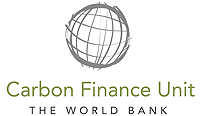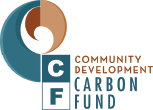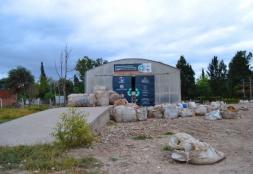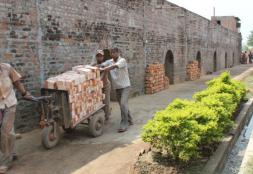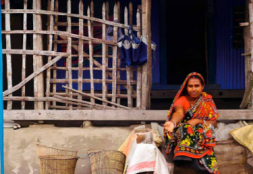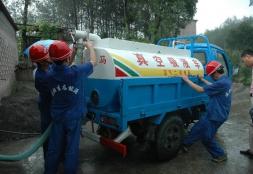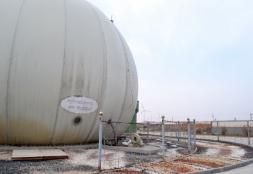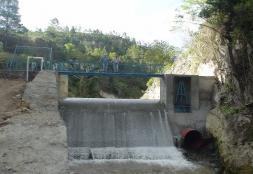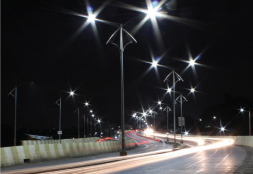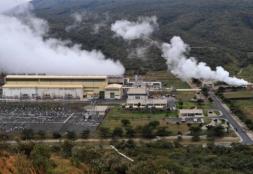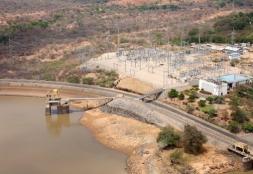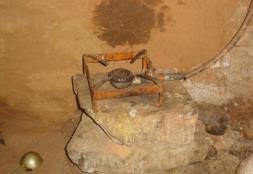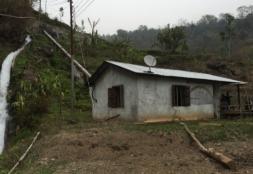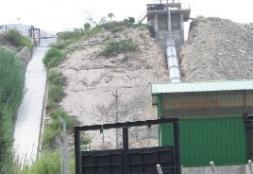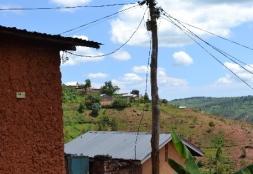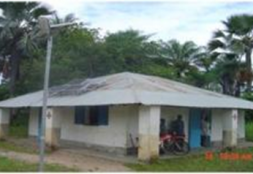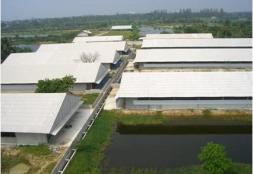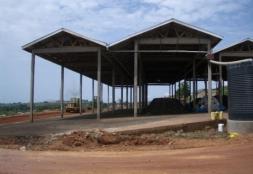Launched in March 2003, the Community Development Carbon Fund (CDCF) aimed to contribute to a more equitable regional distribution of carbon finance resources and to achieve social, environmental and economic benefits. In this aim, the CDCF purchased Clean Development Mechanism (CDM) compliant emission reductions (ERs) with a preference for small-scale projects, located in the poorest countries of the world and that provide direct or indirect community benefits. The fund resonated with three global themes: reducing poverty, mitigating climate change and promoting corporate social responsibility.
The CDCF strived to expand the reach of the market and extend the benefits of carbon finance to the poorest countries and poor communities that may otherwise find it difficult to attract carbon finance. With this in mind, the CDCF mandate was to invest at least 25% of the fund resources in green projects located in priority countries—countries designated as Least Developed Countries (LDCs) by the United Nations, or which were eligible for World Bank International Development Association loans.
When the CDCF was established in 2003—two years before the ratification of the Kyoto Protocol – the carbon market was still in its infancy. The CDCF was instrumental in pioneering small-scale projects, new Clean Development Mechanism (CDM) methodologies, and programs of activities (PoAs). One of the CDCF’s founding objectives was to act as a trailblazer for small-scale carbon finance initiatives. Furthermore, the CDCF developed two approved methodologies, and originated a number of ‘firsts’: the first registered PoA in Africa, the first household efficient lighting project worldwide, the first brickkiln project in the Clean Development Mechanism (CDM) and the first CER issuance in Nepal.
